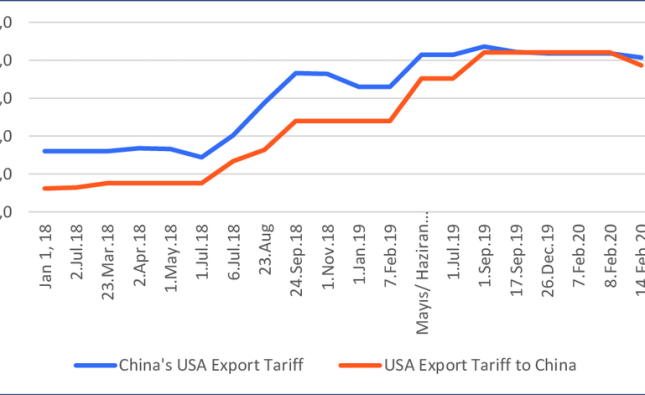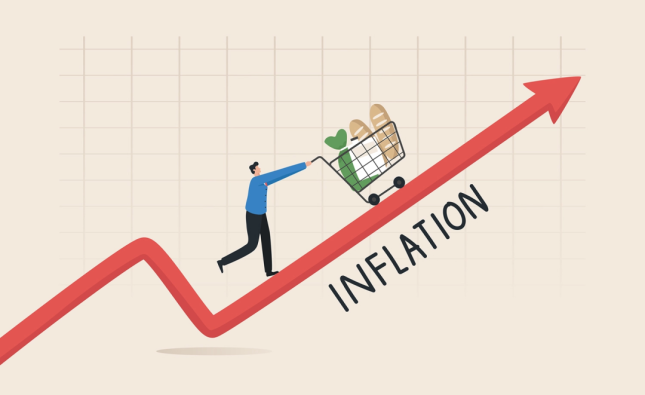
Credit scoring has undergone significant changes over the years, moving from simple assessment methods to sophisticated, technology-driven systems. These changes are transforming how creditworthiness is determined, with far-reaching implications for individuals and institutions alike. This article delves into the evolution of credit scoring, explores the factors driving these changes, and provides insights into what the future holds.
What is Credit Scoring?

Credit scoring is a financial tool used by lenders to evaluate the creditworthiness of individuals or businesses. The score is based on various factors, including payment history, debt levels, and the length of credit history. Credit scores are essential for determining loan approvals, interest rates, and even eligibility for renting homes. Traditionally, the most common scoring model used has been FICO, developed by Fair Isaac Corporation.
A Brief History of Credit Scoring
Credit scoring has its roots in the early 20th century when lending decisions were primarily based on personal relationships. Lenders would make judgments based on trust, the borrower’s reputation, or community standing.
However, as society became more mobile and urbanized, lending practices needed to evolve. The development of credit bureaus in the 1950s helped centralize and standardize the collection of credit information, paving the way for modern credit scoring. By the 1980s, the FICO score became the dominant model, providing a consistent way to evaluate borrowers based on quantifiable data.
Traditional Credit Scoring Models
Traditional credit scoring models, like FICO and VantageScore, rely heavily on a set formula, considering factors like:
- Payment history: 35%
- Amounts owed: 30%
- Length of credit history: 15%
- New credit: 10%
- Types of credit used: 10%
These models use historical data from credit reports to predict future behavior, assigning scores typically ranging between 300 to 850. The higher the score, the lower the risk for lenders.
Factors Driving the Evolution of Credit Scoring
Over the past few decades, several factors have contributed to the evolution of credit scoring. These include advancements in technology, the rise of alternative data, regulatory changes, and consumer demand for more inclusive and fair systems.
1. Technological Advancements
Artificial intelligence (AI) and machine learning (ML) are revolutionizing credit scoring models. Traditional models relied on historical data, but AI-driven models can analyze vast amounts of data, including real-time financial transactions, to offer a more accurate assessment of creditworthiness. This shift is especially beneficial for individuals who may not have an extensive credit history, such as younger consumers or immigrants.
2. Alternative Data Sources
In traditional models, credit scores were based solely on data from credit reports. However, alternative data sources such as utility bills, rent payments, and even social media activity are now being incorporated into credit scoring systems. This expanded approach can help millions of people who were previously considered “credit invisible” gain access to financial services.
3. Regulatory Changes
Governments around the world are recognizing the need for fairer, more inclusive credit scoring systems. In the U.S., the Fair Credit Reporting Act (FCRA) ensures accuracy and privacy in consumer reporting. Meanwhile, international regulations, such as the European Union’s General Data Protection Regulation (GDPR), emphasize data transparency and consumer rights.
4. Consumer Demand for Inclusivity
More consumers are demanding transparency in how credit scores are calculated. In response, some lenders and financial institutions are offering free credit score checks, financial education, and insights into factors that affect scores. This increased transparency empowers individuals to improve their credit health proactively.
Modern Credit Scoring Models
With technological innovations and the inclusion of alternative data, new credit scoring models are emerging. These models provide a more holistic view of a borrower’s financial situation.
1. UltraFICO
UltraFICO is an updated version of the FICO model, which allows consumers to voluntarily link their checking, savings, or money market accounts to the scoring process. It considers the individual’s financial habits, such as account balances and savings behavior, offering a more complete picture of creditworthiness.
2. Experian Boost
Experian Boost allows consumers to include their utility and phone payment history in their credit score calculations. This model helps individuals with limited or poor credit histories improve their scores by considering data that was not traditionally included in credit reports.
3. LenddoEFL
LenddoEFL uses social media data, mobile phone usage, and even psychometric tests to assess a borrower’s trustworthiness. This model is especially useful in emerging markets where traditional credit information might not be available.
How Alternative Data is Changing Credit Scoring
The introduction of alternative data is one of the most significant changes in credit scoring. Previously, individuals with limited or no credit history struggled to get loans, often being labeled as “credit invisible.” Alternative data changes this by including non-traditional financial activities, such as:
- Rent Payments: Regular rent payments can indicate an individual’s ability to manage their finances, even if they don’t have credit cards or loans.
- Utility Bills: Consistent payments of utility bills, such as electricity, water, and internet, also help demonstrate financial responsibility.
- Employment History: Regular employment and income levels can be predictive of a person’s ability to repay loans.
- Education: Some models even consider educational background and employment potential, especially in markets where credit data is scarce.
Advantages of Alternative Data
Including alternative data in credit scoring systems helps:
- Increase accessibility: People with little to no credit history can still be eligible for loans.
- Improve accuracy: A more comprehensive view of a consumer’s financial behavior leads to better credit decisions.
- Promote inclusivity: Marginalized communities and individuals with unconventional financial habits can now be considered for credit.
Risks of Alternative Data
While alternative data has many advantages, there are also concerns. Using non-traditional data sources like social media or mobile phone usage can raise privacy concerns. Moreover, the lack of standardization in how alternative data is applied across models could lead to inconsistent or unfair scoring practices.
The Future of Credit Scoring
The future of credit scoring looks promising, with continued innovations and a focus on inclusivity and accuracy. As machine learning algorithms improve, credit scoring will likely become more dynamic, assessing consumers in real-time and predicting their behavior more accurately.
Moreover, as consumer preferences shift towards greater transparency and control over personal data, credit scoring models will need to adapt. This could lead to more personalized credit scores, where individuals can choose the types of data that are included in their score.
However, it’s crucial that these advancements are balanced with appropriate safeguards. Regulators will need to ensure that AI-driven models are fair, transparent, and respect consumer privacy.
Analysis Table: Traditional vs. Modern Credit Scoring Models
| Feature | Traditional Models (e.g., FICO) | Modern Models (e.g., UltraFICO, Experian Boost) |
|---|---|---|
| Data Sources | Credit reports (payment history, debt levels) | Alternative data (utility bills, rent payments, social media) |
| Technology | Manual data analysis | AI and machine learning |
| Accessibility | Limited to individuals with credit history | Inclusive of credit-invisible individuals |
| Score Calculation | Based on past credit behavior | Real-time analysis and additional data points |
| Transparency | Opaque scoring process | Increased transparency and consumer control |
| Inclusivity | Excludes many low-income or young individuals | More inclusive of diverse financial backgrounds |
Comparative Table: FICO vs. Alternative Credit Scoring Models
| Feature | FICO Score | Experian Boost | LenddoEFL |
|---|---|---|---|
| Primary Data Source | Credit reports | Utility and phone bills | Social media, mobile usage |
| Consumer Control | No control over data | Voluntary data addition | Based on consumer behavior |
| Accessibility | Limited to credit history | Inclusive of non-credit data | Useful for underserved markets |
| Algorithm | Fixed, static model | Machine learning | AI and psychometrics |
| Application Region | Global | Primarily U.S. | Emerging markets |
Conclusion
The evolution of credit scoring has been driven by technological advancements, alternative data, regulatory changes, and consumer demand. While traditional models like FICO are still widely used, modern credit scoring approaches offer more inclusive and accurate assessments of creditworthiness. The future of credit scoring will likely continue to embrace AI, alternative data, and consumer transparency, making financial services more accessible to all.










